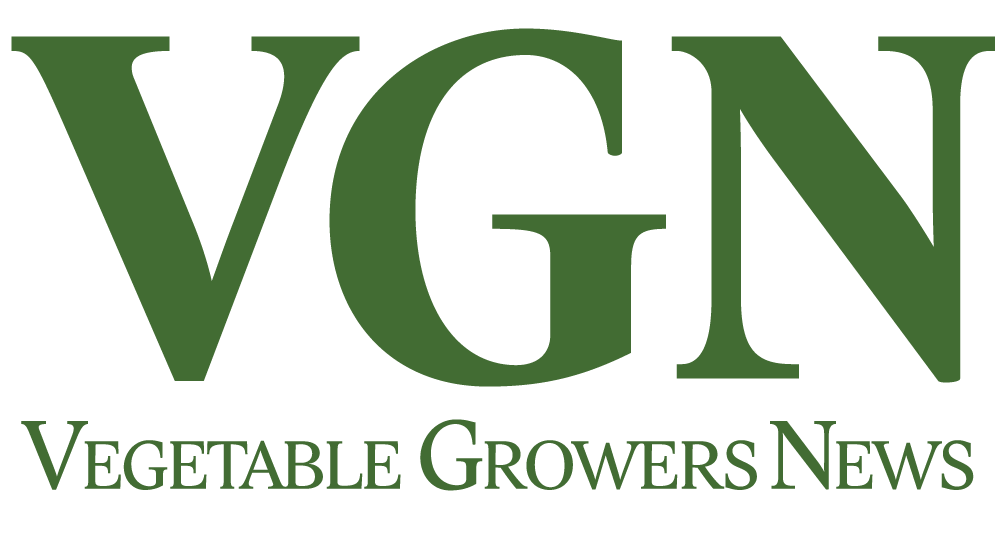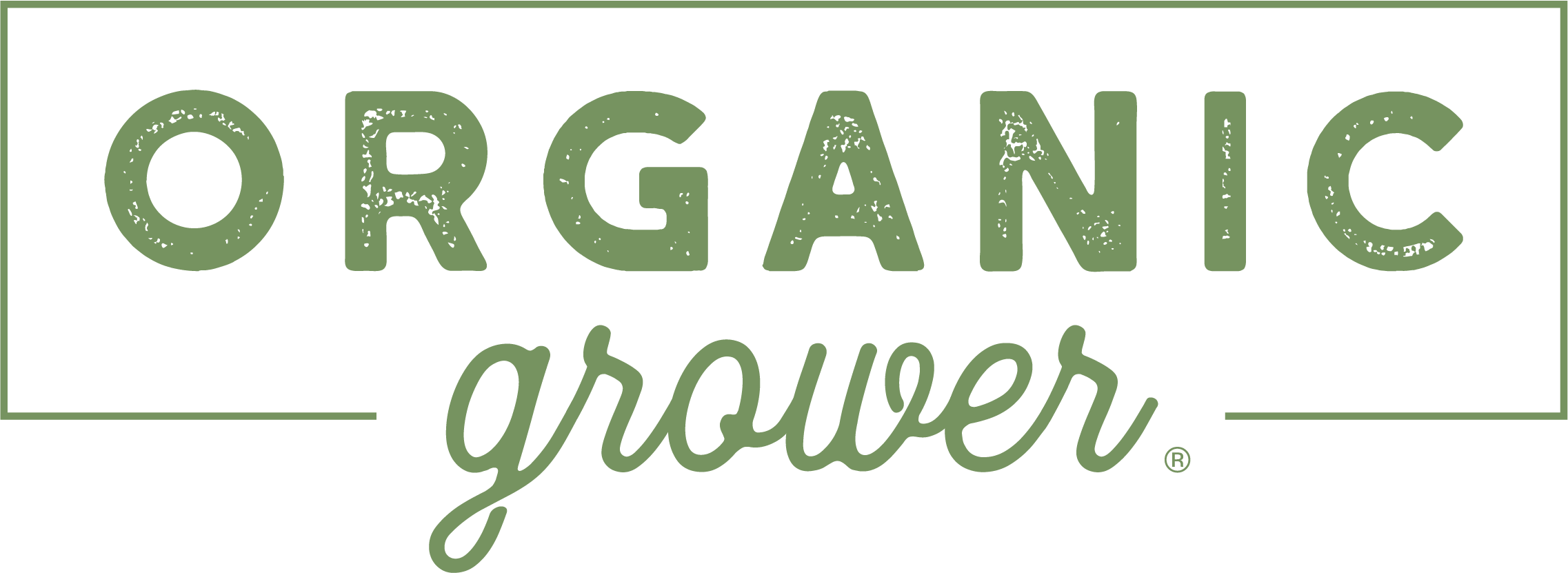
Jun 30, 2025Top fresh food marketing trends for 2025
As we move further into 2025, the fresh food industry is evolving rapidly in response to consumer preferences, technological advances and global sustainability concerns. The most successful brands will be those that can adapt to these shifts with authenticity, transparency and innovation.
Hyper-local
One of the most prominent trends this year is the move toward hyper-local and regenerative sourcing. Consumers are more conscious than ever about where their food comes from and are looking for products grown close to home using practices that restore rather than deplete the environment.
Fresh food marketers are leaning into this trend by building strong relationships with local farms and promoting regenerative agriculture practices, such as soil enrichment and biodiversity support. Campaigns that showcase these efforts through storytelling — like farm profiles or videos of harvest days — resonate deeply with eco-conscious buyers.
Smart labeling
Technology also plays a significant role in reshaping the shopping experience. The rise of smart labeling and QR code transparency allows consumers to scan a product and instantly learn about its origin, nutritional profile and even its carbon footprint. This digital traceability enhances trust and turns packaging into an interactive marketing channel. Brands that use these tools to provide rich content — like farm-to-table journey maps or sustainability credentials — are building stronger connections with their audience.
Functionality
In 2025, fresh food is not just about taste and nutrition — it’s also about functionality. The demand for foods with specific health benefits, such as gut health boosters, immune system support and anti-inflammatory properties, continues to grow. This trend is blurring the lines between food and wellness. Marketers are responding with scientifically backed claims, clearer labeling, and collaborations with nutrition experts and influencers to highlight the health-enhancing properties of fresh ingredients.
Personalized marketing
At the same time, convenience remains a driving force behind consumer decisions. The growth of direct-to-consumer (DTC) channels and subscription-based services for fresh produce, artisanal items and meal kits is transforming the retail landscape. These services offer personalization, variety and digital content, such as chef-curated recipes or farm stories, that add value and deepen customer engagement. Brands embracing this model can also gather valuable consumer insights that feed into future product and marketing strategies.
AI power
Another significant development is the use of AI-powered personalization to craft more relevant and timely marketing messages. From tailored recipe recommendations based on past purchases to dynamically optimized digital ads, AI enables marketers to meet consumers with the right message at the right time. These data-driven tactics are especially powerful on mobile and social platforms, where attention is fleeting but impact is significant.

Climate messaging
As environmental awareness becomes a key purchasing factor, many brands are aligning themselves with climate-positive messaging. From carbon-neutral certifications to plastic-free packaging, sustainability credentials are no longer optional — they’re expected. Marketing campaigns that showcase measurable environmental impact, such as waste reduction stats or tree planting initiatives tied to purchases, are proving particularly effective in building trust and loyalty.
Videos
Meanwhile, short-form video content continues to dominate social media, making it an essential tool for fresh food marketing. Platforms like TikTok, Instagram Reels and YouTube Shorts provide opportunities to tell compelling, visually rich stories that showcase freshness, seasonality and preparation ideas. Collaborations with food influencers and behind-the-scenes content from farms or kitchens help humanize brands and connect emotionally with viewers.
Data-driven freshness
Finally, there’s a growing focus on data-driven freshness optimization and waste reduction. With the help of technology, brands are finding new ways to manage shelf life, reduce spoilage and optimize inventory. Marketing efforts highlighting these sustainability-focused initiatives — such as offering “imperfect but delicious” produce or promoting near-expiry discounts — resonate with value-driven consumers.
Together, these trends point to a fresh food marketing landscape that is more transparent, personalized, tech-savvy and values-driven than ever before. Brands that can authentically align with these shifts will be well-positioned to thrive in 2025 and beyond.
— Brian Moyer is an educational program associate with Penn State Extension. As founder of PA Farm Markets and founder and manager of the Skippack Farmers Market, Moyer specializes in assisting farmers markets, retail farm markets, direct-to-consumer sales, and new and beginning farmers with marketing, business and regulatory issues.
















